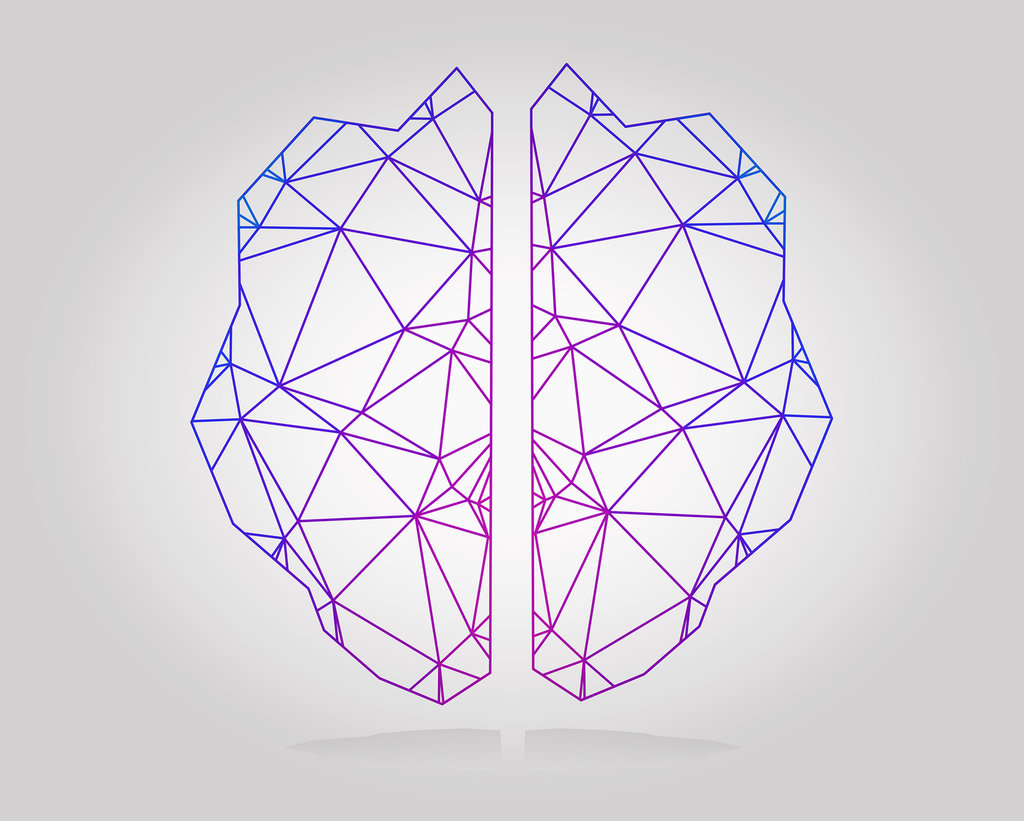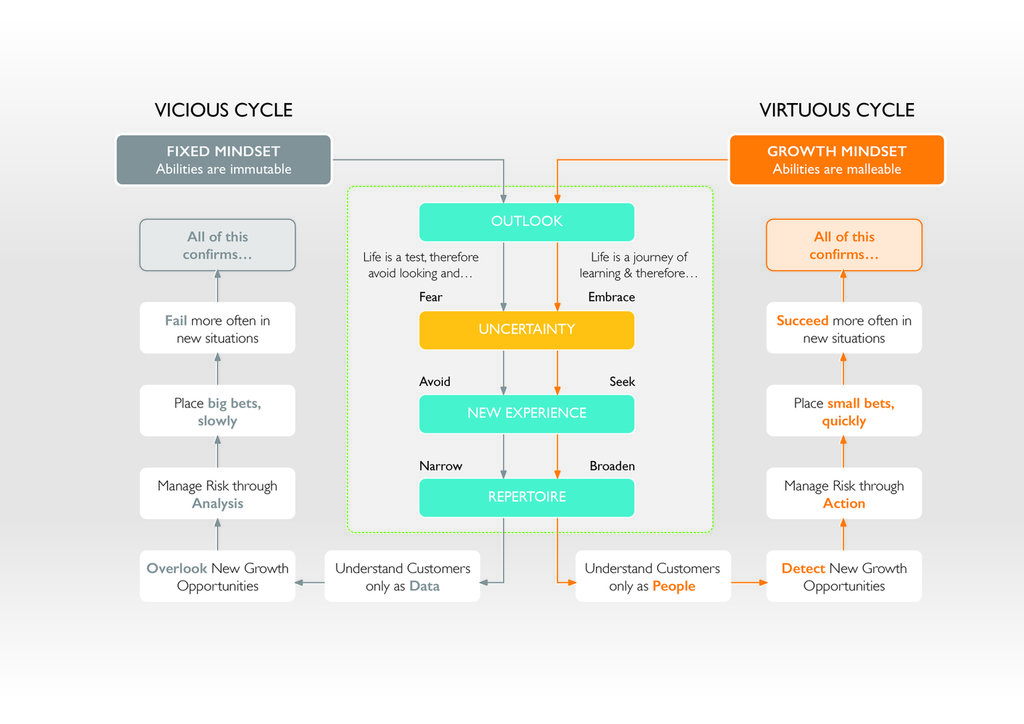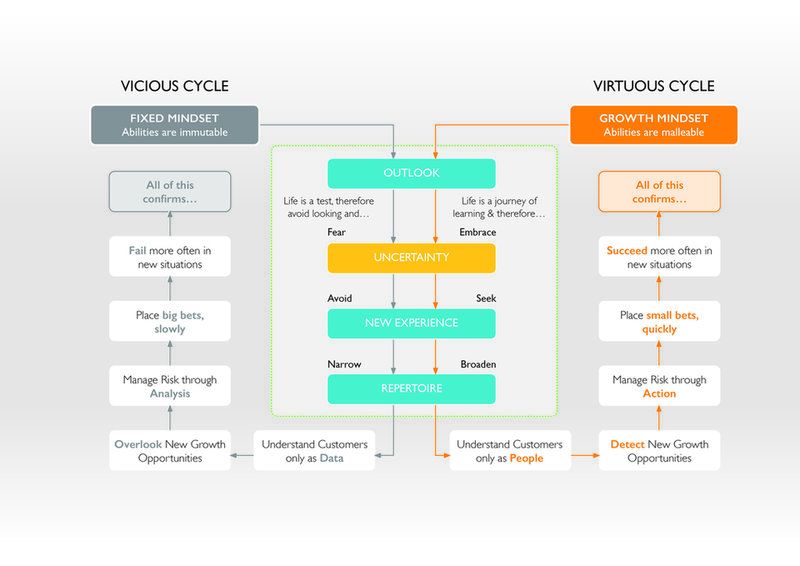Foreword Professor Sa'ad Medhat
Innovative cultural DNA: it’s all in the mind

It’s true that when one talks about culture, what is really being spoken about is the tacit social order of an organisation. Culture provides the most powerful lever to help or hinder an organisation’s ability to be creative and to drive innovation. Culture defines the persona of the organisation and how it is viewed internally and externally.
Inspiring creativity and thus unlocking an organisation’s innovation potential requires leaders to instil a range of beliefs and thus activate a set of critical behaviours that create a cultural norm where innovation is embedded within the organisation’s DNA.
Enabling a growth mindset
The underpinning behaviour to promote a culture of creativity to drive innovation starts with engendering a growth mindset: enabling an environment of openness and freedom of expression, without the threat of being penalised for failure.
In psychology, there are two clear forms of mindset: fixed and growth. Fixed mindset people believe qualities such as talent and intelligence are inbuilt and unchangeable, whereas those people who have a growth mindset believe that such qualities can be developed and strengthened through commitment and hard work.
Organisations are people, and people determine the mindset. If you have a fractured mindset, creativity, innovation and real opportunities for growth and achievement will be held back. Fixed mindset people hold a reliance around convention and hierarchy. They feel comfortable knowing that “everything’s in its place and there is a place for everything”. Such people are very disconcerted by the notion of freedom of expression, and pushing boundaries to see what happens.
If the predominant mindset in the organisation is still fixed, innovation will not flourish.
It is known that in the formative years of a child’s development, mindset formation takes root, often determining the path a person takes in life. Growth mindsets naturally veer towards innovation as those people who have such virtues have both the positive personality and greater resilience to address issues when innovations don’t quite work out the way one intends.
Growth mindsets are sought after. Of course, not everyone is born with a growth mindset, but it’s crucial in order to develop an innovation culture. This is often the hardest nut to crack. You can have as many integrated, slick, stage-gated processes, ideation/creativity days out, and ideas platforms and portals as your innovation budget can handle – but if the predominant mindset in the organisation is still fixed, innovation will not flourish.
Pushing boundaries, changing minds
Sometimes, and often due to business survival, emotions create a new set of beliefs where the old fixed mindset is forced to accept change. New behaviours spring up around the change and thus, a new growth mindset starts to emerge.
Innovation is often linked in people’s minds to a fear of failure, but in the case of business survival, it’s a case of double or bust. As the fixed mindset is gone, the organisation has a much stronger chance to generate something of value, rather than just regurgitate the lip-service of yester-year.
Changing fixed mindsets to embrace the positivity potential of those with growth mindsets requires affirmative steps; an ‘it’s okay to fail but just remember to learn and improve’ company mantra helps engender a culture of ‘little wins make a big difference’. People need to feel safe, and have the freedom to explore and try new things.
This is easy to say on paper, but practically, in business, such conditions are not easy to emulate. It’s not about having slides and funky colours in the workplace; it’s about breaking down silos, bringing together multi-functional/multi-disciplined teams and showing the power of working together towards a common, well-understood and valued goal.
The more you push at established boundaries, the more chance you give to allow something fresh and stimulating to come through.
Creating trigger moments to help people think differently and embrace the unknown or untried is essential in the journey of changing the organisation to instil a growth mindset. Some companies call these ‘lunch and learn’ sessions, others call them ‘creativity sessions’.
Whatever you call it, the process of why you’re doing it is to broaden thought processes and mix things up. Ultimately, to look at a problem from another place through a different lens. Give it a new perspective. Gain new insight.
The more you push at established boundaries, the more chance you give to allow something fresh and stimulating to come through. Such activities all support the changing of a fixed to a growth mindset.
Developing a growth mindset is fundamental in removing an organisation’s obsessive fear of uncertainty, an ingrained avoidance of new experiences and a constant narrowing of capability or repertoire, to really appreciate and welcome the unique and wonderful that innovation provides.
The leader’s role in changing mindsets
The value of innovation needs to be articulated, understood and the people galvanised to support innovation development for the good of the organisation and themselves. Leadership is key to meeting such a demand – and not just leadership to achieve quantitative results (read profitability).
Although vitally important in business, profitability is not the only reason why an organisation should value innovation. In fact, for an employee removed completely from boardroom stats and market capitalisation targets, innovation has to become a real answer to their needs, to thus become a valued goal to achieve.
Breaking down perceived barriers segregating innovation projects from business as usual is the task of the business innovator.
Making innovation meaningful and relevant to all, breaking down perceived barriers segregating innovation projects from business as usual, is the task of the business innovator. That unique breed of manager possessing an analytical mind, entrepreneurial spirit and emotional intelligence to connect with everyone. These are the ones who will illuminate, within the organisation, the true values of innovation, and assist in entwining these values into the DNA of the company.
Within innovation culture development, there is a model known as the vicious versus virtuous circle. This model maps directly on to the fixed versus growth mindset. Holding the belief that everyone can make a difference, that what you do adds value to the organisation and in return gives value to you: such belief helps to shape behaviours as seeking, broadening and embracing – the very tenets that define a growth mindset.
An organisation with a growth mindset avoids that idea thinking of everyone (including their customers) as just data, but instead sees them as people, with views, perspectives and constantly changing needs, and thus, gives rise to new opportunities and extends the art of the possible.


